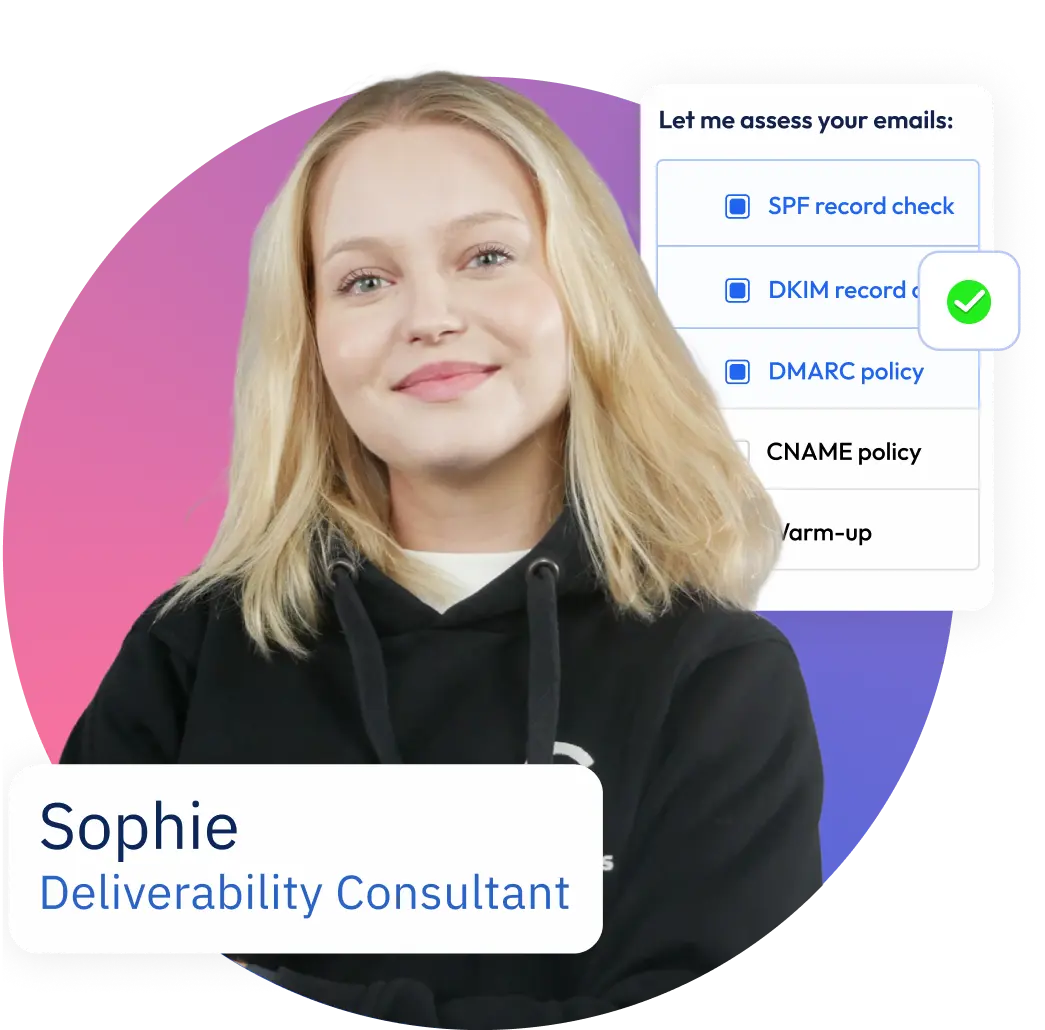“In god we trust, all others bring data” – William Edwards Deming
We live in both the best and the worst of times when it comes to gathering and using sales lead data. It is the best of times because of the sheer volume of lead data available and the worst of times because of the work required to make that lead data usable and actionable.
If you have read our last post, hopefully, you should understand the importance of using accurate sales data. If you haven’t, you can check it out to get yourself up to speed. We explain there why accurate lead data is essential to running a successful outbound campaign.
It is easy enough to declare that you need accurate lead data. It is something completely different though to actually go and get some that you can act on.
Where can I get accurate sales lead data?
Is data generation something we should do in-house or should we outsource? Would accessing a ready-to-use database be a good idea? Which option would be the best for my team?
We will try to answer each of those questions by the end of this post but first let’s look at the pros and cons of the different lead data options that are available.
You can hire an outsourced team that will collect lead data for you
- Pros: There are a lot of companies that offer this services in developing economies like the Philippines. This means that they are rather inexpensive compared to a team based in a developed economy. And once you have the teams, you can collect as much lead data as your team can generate.
- Cons: Unfortunately since your lead generation team is separate from your operations and probably on the other side of the world, it is unlikely that they will understand your product or buyer persona as well as your team and what you do. This means that they will only be able to prospect based on the objective criteria that you give them. They won’t be able to draw on the intuition that an in-house team develops for picking customers, based on the regular feedback they get from the rest of sales. It also takes a bit of time, usually a couple of weeks, to get results.

You can collect lead data in-house
- Pros: The quality of your leads should be really good since your employees will have the intuition that we spoke about earlier. They will also be easier to manage since they will be working in-house and not on the other side of the world.
- Cons: Just because they are in-house does not mean that it will happen overnight. It will still require a lot of time and resources. The time that your sales reps are manually prospecting is the time that they could be doing what they are paid to do and what they do best: talking to customers and closing deals.
You can find a reliable lead data provider with a ready to use database
- Cons: These usually cost more upfront than doing it yourself. One thing to think about though is that over time, buying good lead data will be more cost effective. This is because your employees’ time is worth more than good lead data costs.
- Pros: When you choose the right source, you will get lead data which is of the same or better quality than you can generate in-house since you are sourcing it from experts. Moreover, since your sales reps won’t have to prospect, they can get to work immediately and start talking to prospects and closing sales right away. Your data is there for you instantly. You, therefore, won’t need to wait a few weeks to get started like you would if you were doing it manually.
So you can probably guess that we think that you should find a good lead data provider. They provide higher quality lead data than either an outsourced or in-house prospecting team and they are faster than both. Of course, if you have decided to use a lead data provider, you need to know what your options are and what you should look for.
You always want to check two things in a lead data provider:
Data accuracy
By now you should know how important it is to have accurate lead data for your outbound campaign. If you are unsure, you can read about how bad lead data will harm your team and your company. But if you are unsure about whether your lead data is good, the best indicator of lead data accuracy is your bounce rate (the rate of your emails that get sent back to you, undelivered).
You want to find a data provider who can ensure you that the bounce rate for your data is below 10%. It is important to be choosy. Many data providers on the market have a bounce rate of 30% or higher. But accurate data will only help you if there is enough of it so that you can contact a steady stream of new potential customers.
Database comprehensiveness
Deciding which source of lead data is most comprehensive depends on the kind of information you need in order to target new customers. This could be the size of your target customer, their revenue or what technologies they use. Basically, you need to first decide what types of lead data you need and then see if there is a good lead data provider who can provide you with all that information.
It is also important to check what kind of coverage the provider has in a particular country or vertical. Two providers can look the same from the outside but one of them might have twice as many prospects you could contact than the other.

Now that we have gone over what to look for, let’s look at some of the options currently available out there.
Popular lead data providers
Data.com
Salesforce owns these guys so a lot of companies know about them and use their data. Their value is that they can be a cheap solution when you only need a bit of lead data. Unfortunately, they have are not very accurate (our customers report bounce rates of 25%-30%) preventing them from helping you scale your outbound strategy very well.
Discover.org
These guys focus on the IT market and have pretty good coverage in this space. Problems occur when you want to reach out to other industries, where their coverage is patchy at best. They are also rather expensive, which can make it more difficult for them to generate ROI for you.
Growbots
Cards on the table, we are a bit biased here but we have to mention ourselves. This is because we have built our prospect data specifically to address the shortcomings of the other two data providers we mentioned. As a result, Growbots includes data from companies all over the world in every industry. In order to combat bounce rates, we verify each piece of data right before we give it to our customers. The result is a bounce rate of lower than 10 percent.
What you need to remember
- You must establish what kind of lead data you need before you look for a provider.
- You need to pick a data provider who has good data that meets your requirements
- Once you have chosen a good provider, you can stop worrying about your team and help them achieve their full potential.
Your sales team is best at talking to customers and closing sales. Every minute they spend on tasks like working on lead data is a minute when they are not adding to your bottom line. Now imagine a world where data is taken care of, your team spends at most 30 minutes a day on their outbound campaigns and the rest of the time they are selling. Sounds nice, doesn’t it?
Once you have access to good data, check out our next post where we tell you how you can enhance your campaign using targeting filters.
























